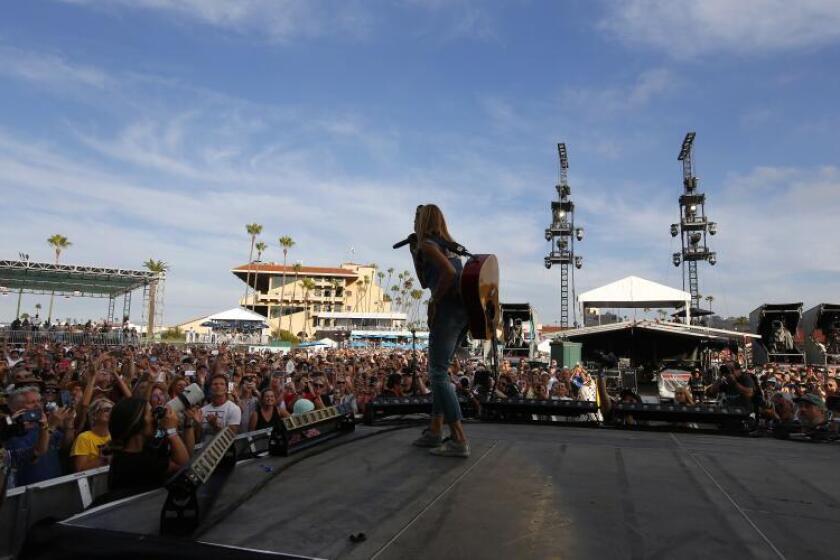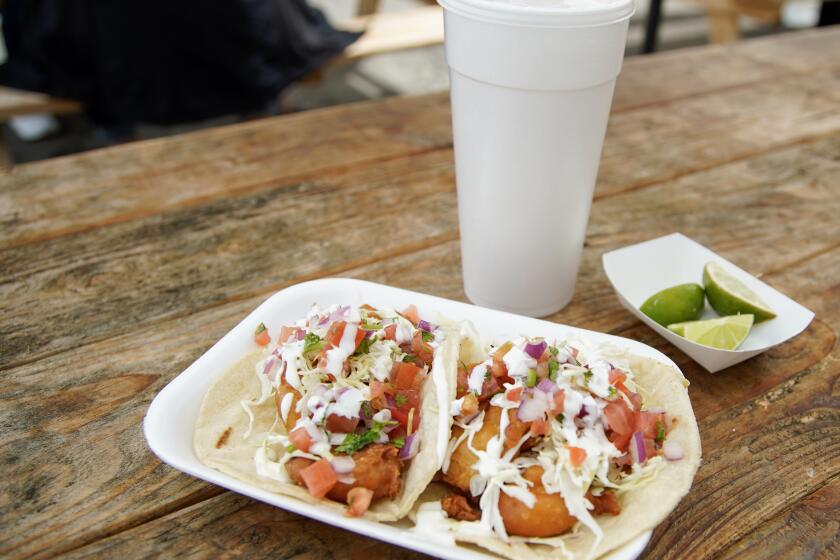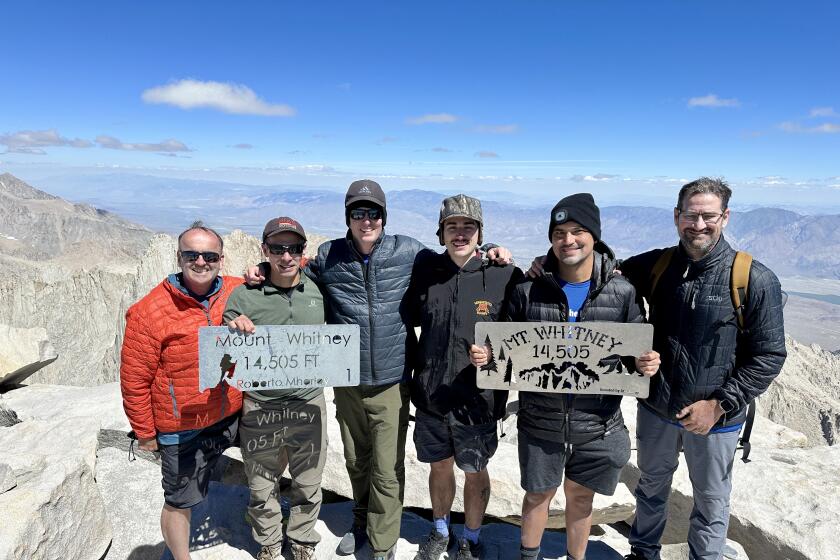Solana Beach’s housing struggles continue
Despite issuing its highest number of building permits in any year this decade, Solana Beach remains on pace to fall far short of its new-housing targets for the planning cycle that runs through 2020 — a shortfall that becomes even more glaring when parsed out for lower-income housing.
Every city and county in California is required to update its progress toward state housing mandates by April 1 of each year. The annual rite came and went in Solana Beach last week, with the city council on March 28 rubber-stamping the report for delivery to the California Department of Housing and Community Development, where Solana Beach was lumped in with the nearly 98 percent of jurisdictions that are failing to meet their housing targets.
Solana Beach issued building permits for 17 housing units between Jan. 1 and Dec. 31 of last year, nearly tripling the previous high of six doled out in 2011 and 2016. But mirroring previous years, sparingly few permits went toward housing that qualifies for affordable programs, with all but five of the units being beyond the reach of someone who makes less than $95,000 a year.
Affordability thresholds are based on the Area Median Income (AMI), which in San Diego County was just under $80,000 last year.
“Very low income” is between 30 and 50 percent of AMI, or between $19,000 and $32,000 per year. “Low income” is defined as 50 to 80 percent of the AMI, or between roughly $32,000 and $51,000 per year. “Moderate income” is between 80 and 120 percent of AMI — $63,000 to $95,000 — while “above moderate income” is anything beyond 120 percent of the AMI.
As of Jan. 31, 12 cities and counties in California have met their targets for “low” and “very low” income housing. Lemon Grove is the only one of those 12 located in San Diego County.
Solana Beach’s report lays out numbers on par with other coastal cities:
Two permits were issued last year for “low income” units and none for “very low income.” Since the housing cycle’s onset in 2010, Solana Beach has not issued a permit for any of the 85 “very low income” units allocated by state officials. Last year’s two permits for “low income” units bring the city’s total to five since 2010 — 60 short of its target.
Overall since the cycle’s onset in 2010, Solana Beach has issued permits for 44 units of its 340-unit target, despite having rolled out 19 separate programs meant to encourage housing construction and the preservation of existing housing at all income levels.
The most success has come for “above moderate” housing, with 36 units permitted so far in the cycle—12 of them coming last year. The three “moderate income” units awarded permits last year were the first this cycle. With three years to go, Solana Beach is 95 units short on “above moderate” housing and 56 units short on “moderate” housing.
There are as yet no penalties for failing to meet the housing targets. However, legislation is pending that would make it harder for cities to prevent housing construction.
The Solana Beach City Council has in the past two years approved seven housing projects that would increase housing stock by 20 units, but none of the projects have reached permitting stages.
“All we can do is make the space available and potentially provide incentives where appropriate to get it done,” Zito said. “We did that, we didn’t get the units, so what can we do to get better results in the upcoming cycle?”
The Regional Housing Needs Assessment—also known as Cycle 6, the sequel to the current Cycle 5—is expected to emphasize vacant land rather than redevelopment projects, a particular challenge for Solana Beach, which has only a handful of small, empty lots.
Some progress in the year ahead is expected.
First up will be The Pearl, a fiercely-fought project on South Sierra Avenue, a short walk from the city’s iconic bluffs. In 2014, the city council approved the mixed-use project that included 10 “very low income” units. A legal challenge brought by dozens of neighbors dragged out until January 2017, after which the project bogged down for lack of financing. Earlier this month, the city council approved a measure to allow The Pearl’s developer—Hitzke Development Co.—to use tax-exempt bonds to finance its construction. Assuming that clears state approval, groundbreaking is expected “within months,” said Deputy Mayor Dave Zito.
The city’s long-term vision hinges on redevelopment of the train station, redevelopment of the Solana Highlands apartment complex and three city-owned parking lots—including the lot at city hall. The council last week requested proposals for redeveloping the 1.5-acre parcel, which could potentially hold two dozen or more housing units.
By far the biggest housing infusion would come at Solana Highlands. Three years ago, a plan emerged to demolish its 194 apartments and three single-family units, and build 260 units in their place. At least 32 of those units would qualify as affordable, with the potential to nearly double due to a state density bonus.
However, the city’s View Assessment Commission recommended denial in 2015, which sent the project back to the drawing board. Redesigns are ongoing, Zito said, and the hope is that the Solana Highlands project will be resubmitted within the next year. Because the housing cycle counts permits and not actual construction, that net gain of 60 units could beat the December 2020 deadline.
Get the Del Mar Times in your inbox
Top stories from Carmel Valley, Del Mar and Solana Beach every Friday for free.
You may occasionally receive promotional content from the Del Mar Times.





